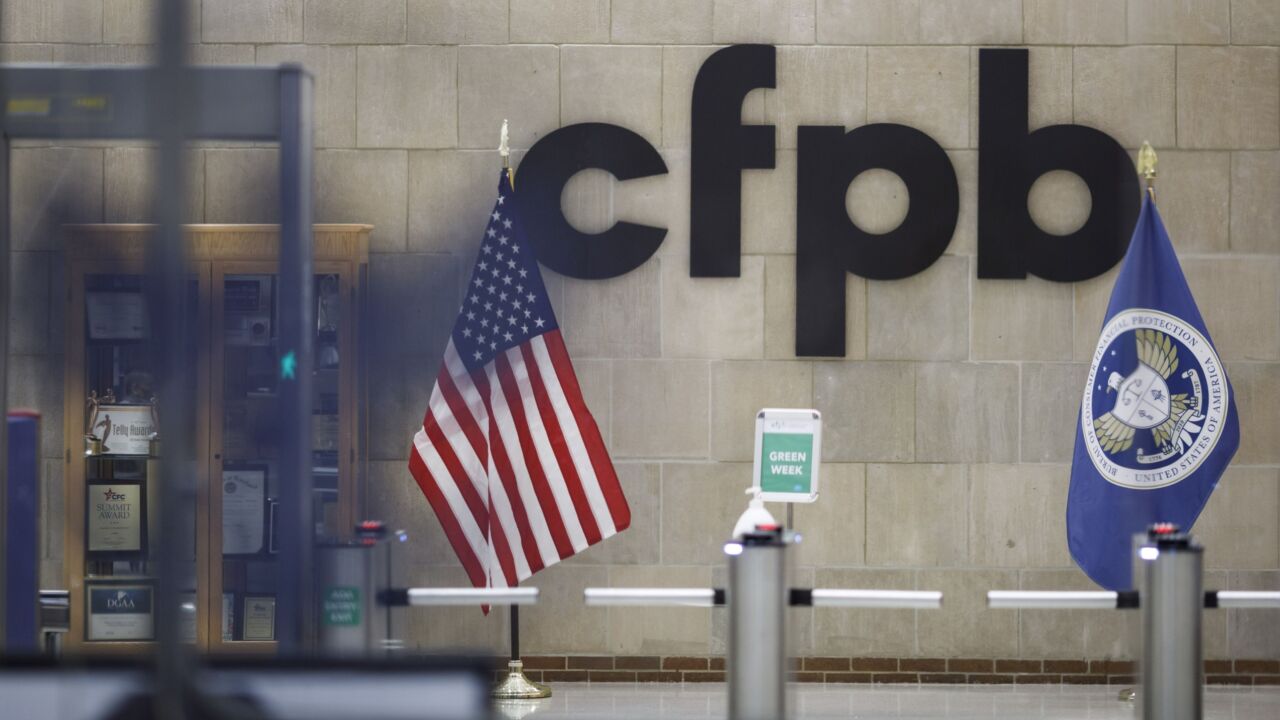The U.S. mortgage market is of course considerably smaller, safer and less accessible than it was nine years ago.
The homeownership rate has fallen by more than four percentage points since 2008. At the same time, post-crisis reforms banned much of the risky lending that inflated the nationwide housing bubble, and it became much harder for families to make their first home purchase.
But by one important measure — the ability of borrowers to make their monthly payments — today's mortgage market is almost exactly where it was on the eve of the meltdown.
In the first quarter of 2016, 94.9% of the residential mortgages serviced by seven big banks were current and performing, according to a report released Friday by the Office of the Comptroller of the Currency. That percentage compared to 94.4% in October 2007, when the OCC first reported the data.
During the intervening years, the percentage of mortgages that were current and performing bottomed out at 86.4% in the fourth quarter of 2009.
Meanwhile, 0.90% of mortgages during the first three months of 2016 were at some stage of the foreclosure process, the exact same level as in October 2007.
That percentage peaked during the first two quarters of 2012, when 4.1% of mortgages were at some stage of the foreclosure process.
Since September 2008, approximately 6.2 million U.S. homes have been lost to foreclosure, according to CoreLogic. The nationwide homeownership rate fell this year to 63.5%, its lowest level since 1967.
The OCC report released Friday includes data on first-lien residential mortgages serviced by Bank of America, Citibank, HSBC, JPMorgan Chase, PNC Financial Services Group, U.S. Bancorp and Wells Fargo.





